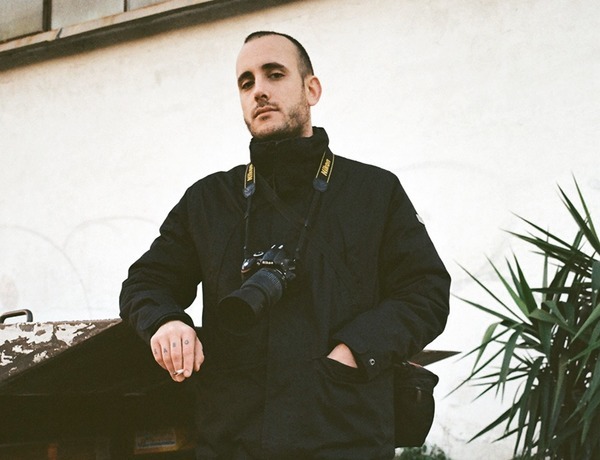
The National Theatre of Greece, also known as the Ethniki Skini, is the national theatre of Greece and one of the oldest and most prestigious theatres in the country. It is located in the center of Athens and has been in operation since 1901.
The National Theatre of Greece was established with the aim of promoting and preserving Greek culture and language through theatrical performances. Over the years, it has played a significant role in the development of Greek theatre and has produced many notable productions.
The theatre’s building was designed by Greek architect Ernst Ziller in a neoclassical style, and it features a grand façade and a large auditorium that can seat up to 1,700 people. The theatre also has several smaller performance spaces and rehearsal rooms.
In addition to producing theatrical productions, the National Theatre of Greece also offers training programs for actors, directors, and other theatre professionals. It has collaborated with many international theatre companies and has participated in numerous theatre festivals around the world.
Overall, the National Theatre of Greece is an important institution in Greek culture and has played a significant role in the development of Greek theatre. It continues to be a popular destination for locals and tourists alike, offering a diverse range of productions throughout the year.
Website
n-t.gr
n-t.gr





